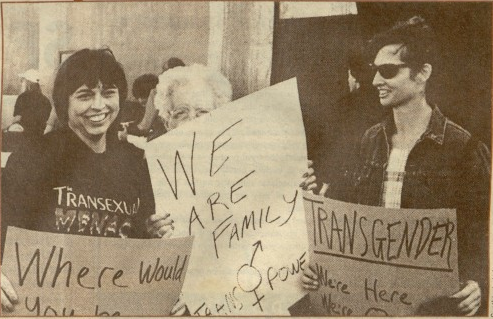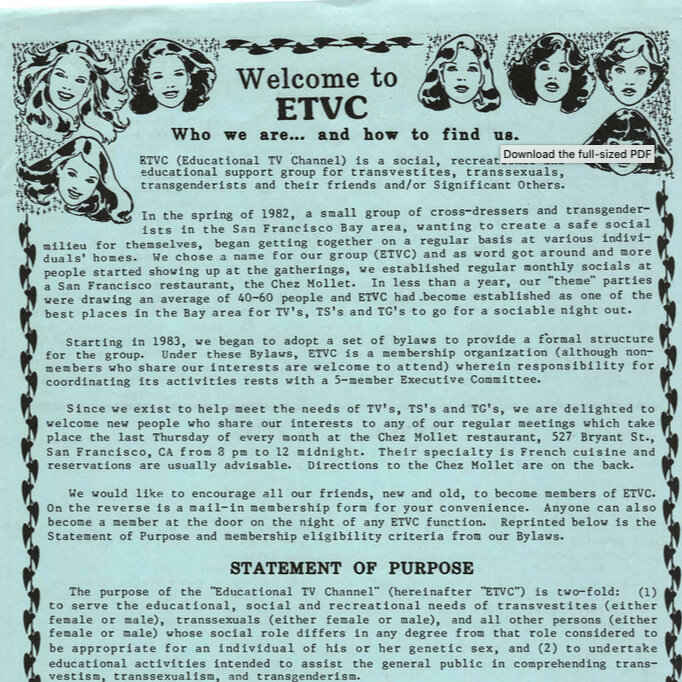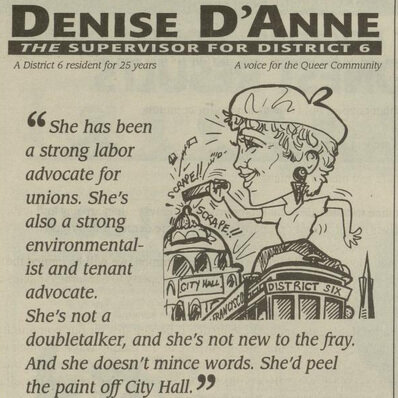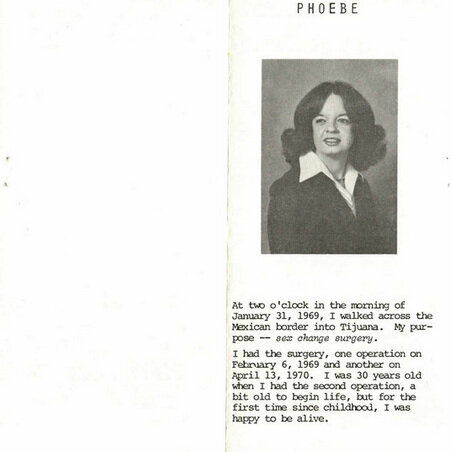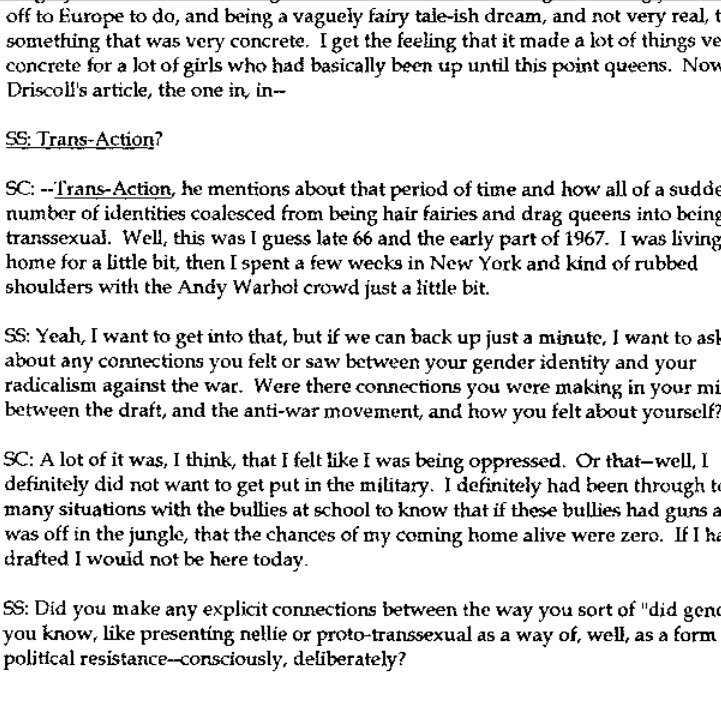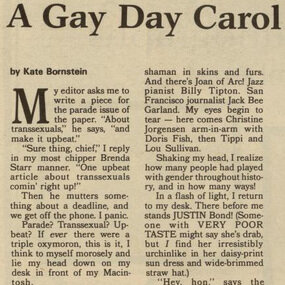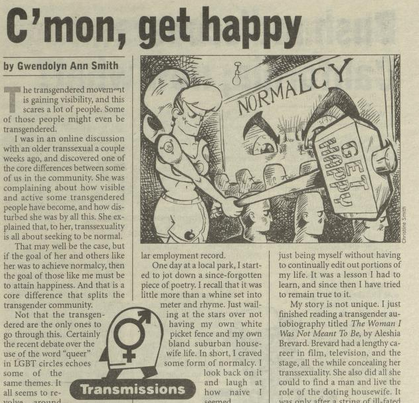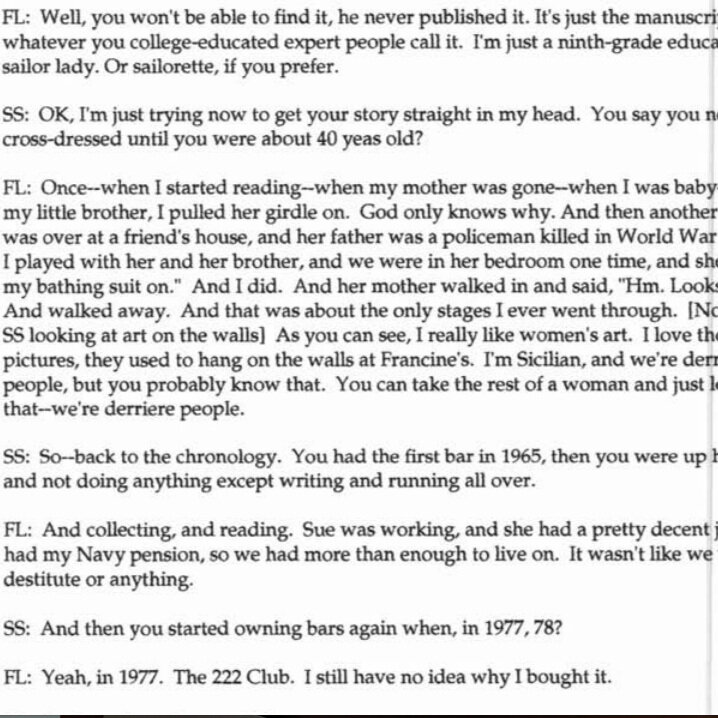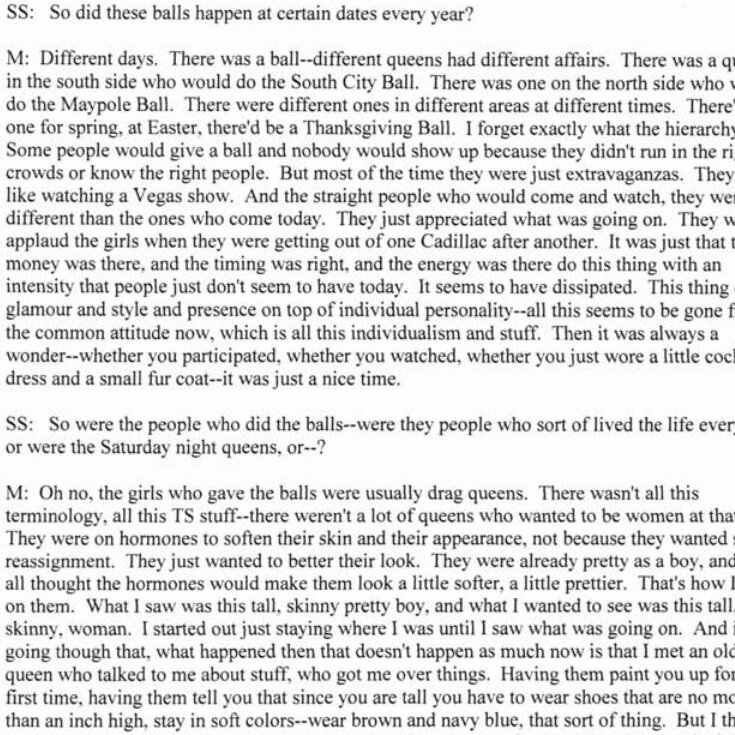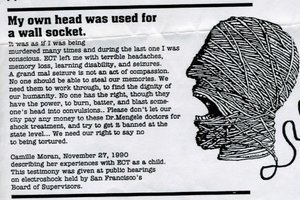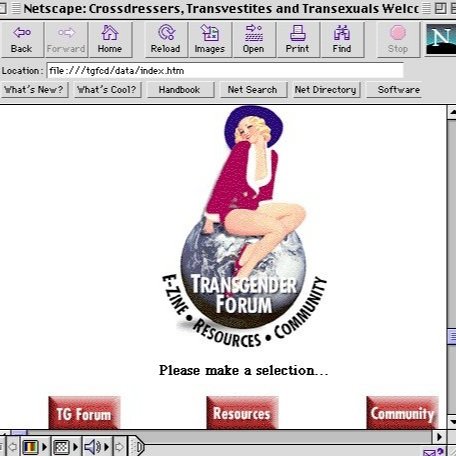Primary Source Set: Trans women
Trans women and other transfeminine people are subject to a double burden of transphobia and misogyny. They have often had to advocate for their most basic needs, including the right to live and work where they please, the right to affirming medical care, and even the right to wear feminine clothing in public without arrest. Despite these obstacles, trans women have built a culture of power and a community of care.
This primary source set collects the stories of trans women across several decades, during which many gender paradigms shifted. Before transition was widespread, some transfeminine people lived publicly as men while privately assuming feminine clothes and personae, or performed in drag. Of these people, some of them later medically and socially transitioned; others did not. Transfeminine identity continues to be an evolving spectrum, of which the materials gathered here can only represent a small part.
Selected Source Set
Additional Resources
The Digital Transgender Archive is a rich resource of materials from trans history.
Stream Screaming Queens, Susan Stryker and Victor Silverman’s film about the Compton’s Cafeteria riot.
1968 radio recording of three trans women who were members of Conversion Our Goal.
Dina Boyer Papers. Episodes of a public access television series created by and for transgender people that aired on San Francisco’s Channel 29 between 1999 and 2007. The show was produced and directed by Dina Boyer and hosted by Kitty Kastro (also known as Nadia Cabezas).
The Bay Area Reporter has many articles on trans people; search for “transgender,” as well as older terms, such as “transsexual.”
The GLBT Historical Society has prepared a research guide on transgender, nonbinary, and intersex people. We also have a primary source set about trans men.
Contact reference@glbthistory.org for research questions or information about reproductions and permissions.
These primary source sets are just a small sampling of our digitized materials. Additional resources are available in our digital collections. Our extensive archival holdings are searchable through our catalog.

